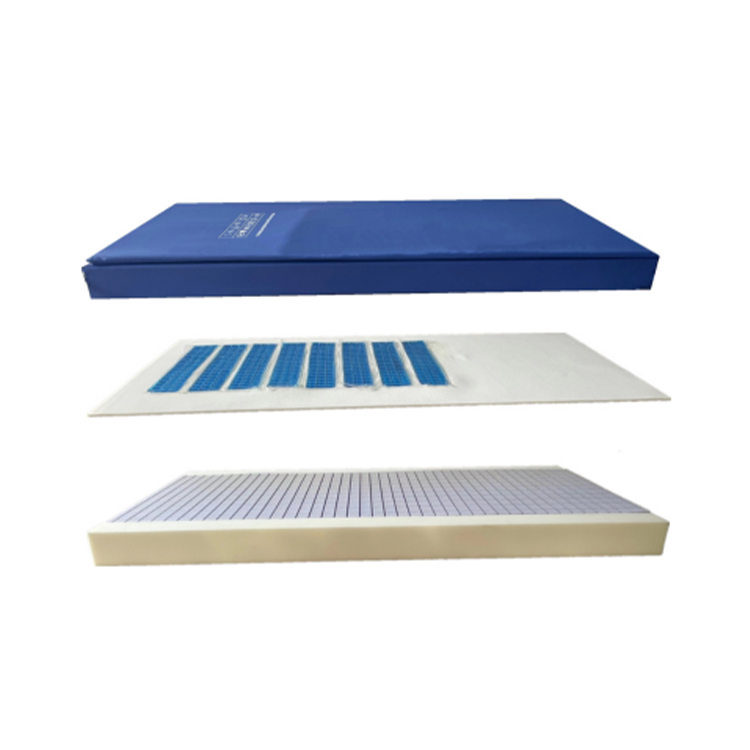Choosing the Right Medical Bed Pads for Comfort and Protection in Healthcare Settings
Understanding Medical Bed Pads Essential Products for Enhanced Care
Medical bed pads, also known as incontinence pads or bed protection pads, are crucial tools in healthcare, both in home care settings and hospitals. These products are designed to protect beds and other surfaces from moisture and stains caused by incontinence, sweating, or other medical conditions. Their use is essential in maintaining hygiene and comfort for patients, as well as providing peace of mind for caregivers.
Types of Medical Bed Pads
Medical bed pads come in various sizes, materials, and absorbency levels to cater to different needs. The most common types include
1. Disposable Bed PadsThese pads are designed for single-use and are generally made from absorbent materials with a waterproof backing. They are often used in hospitals or by individuals with temporary needs, as they can be easily discarded after use.
2. Reusable Bed PadsReusable pads are absorbent, washable, and designed for multiple uses. Made from durable materials, they are eco-friendly and cost-effective in the long run. They provide a soft surface for patients while ensuring a high level of absorbency.
3. Waterproof Mattress ProtectorsThese protectors are often used in tandem with bed pads. They create a waterproof barrier over mattresses, safeguarding them against spills and stains while providing added comfort.
4. Specialized Pads for Specific NeedsSome medical bed pads may have additional features, like anti-bacterial properties or extra cushioning for patients with pressure sores. They are designed to meet specific health requirements, providing tailored support for various patient conditions.
Key Features to Consider
When selecting medical bed pads, there are several important features to consider
- Absorbency LevelsThe absorbency of a pad is crucial, especially for individuals with heavy incontinence issues. Higher absorbency pads can hold more moisture, minimizing the risk of leaks and skin irritation.
medical bed pads products

- MaterialThe comfort and breathability of the material are essential for patient comfort. Soft, breathable fabrics prevent skin irritation and help maintain an optimal skin environment, particularly for those bedridden for extended periods.
- Size and FitChoosing the right size bed pad is essential for adequate coverage
. They should completely cover the area of the bed to prevent any potential leaks from reaching the mattress.- Non-slip BackingSome pads feature a non-slip backing that keeps them in place during use, ensuring safety and comfort. This feature is particularly helpful for active individuals who may move around frequently in bed.
Benefits of Using Medical Bed Pads
The use of medical bed pads provides numerous benefits for both patients and caregivers
1. Enhanced HygieneBy absorbing moisture and protecting the underlying surfaces, bed pads help maintain a clean environment. This is crucial for preventing bedsores and other skin-related issues.
2. Comfort for PatientsA soft and dry surface contributes significantly to patient comfort. Bed pads can help reduce anxiety related to incontinence, allowing individuals to focus on their recovery.
3. Easy Care for CaregiversFor caregivers, bed pads simplify the process of managing incontinence. Disposable pads are convenient for quick changes, while reusable pads require less frequent laundering, making care routines more efficient.
4. Cost-EffectivenessWhile the initial investment in reusable pads may be higher, the long-term savings in purchasing disposable pads can be significant, particularly for individuals with chronic conditions.
Conclusion
Medical bed pads are essential products that serve a vital role in the care and comfort of patients. They provide a practical solution for managing incontinence, ensuring hygiene, and enhancing the overall quality of care. Understanding the different types and features of bed pads is crucial for selecting the right product to meet individual needs, ultimately improving the experience for both patients and caregivers alike.
-
The Effect of Coconut Foam Mattress Breathability and Humidity Regulation on Improving Sleep QualityNewsJul.03,2025
-
How Wave Mattress Systems Improve Blood Circulation During ImmobilityNewsJul.03,2025
-
The Climate-Adaptive Sleep Revolution: Exploring the Benefits of Cooling Gel Memory Foam MattressesNewsJul.03,2025
-
Exploration of the Role of Coconut Foam Mattress in Preventing Bedsores in the ElderlyNewsJul.03,2025
-
Comparing Wave Mattress and Air Mattress: Which Is Better for Medical Use?NewsJul.03,2025
-
Analysis of Comfort and Environmental Performance of Natural Latex and Coconut Foam MattressNewsJul.03,2025
-
Multi-Layer Construction for Enhanced Performance in Gel Mattress PadNewsJun.24,2025

